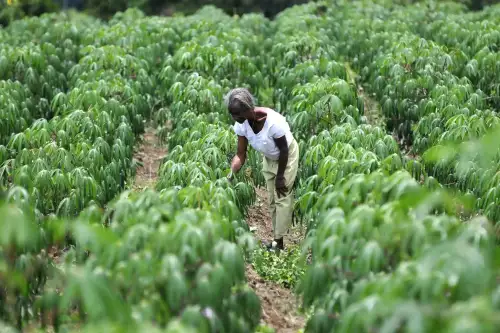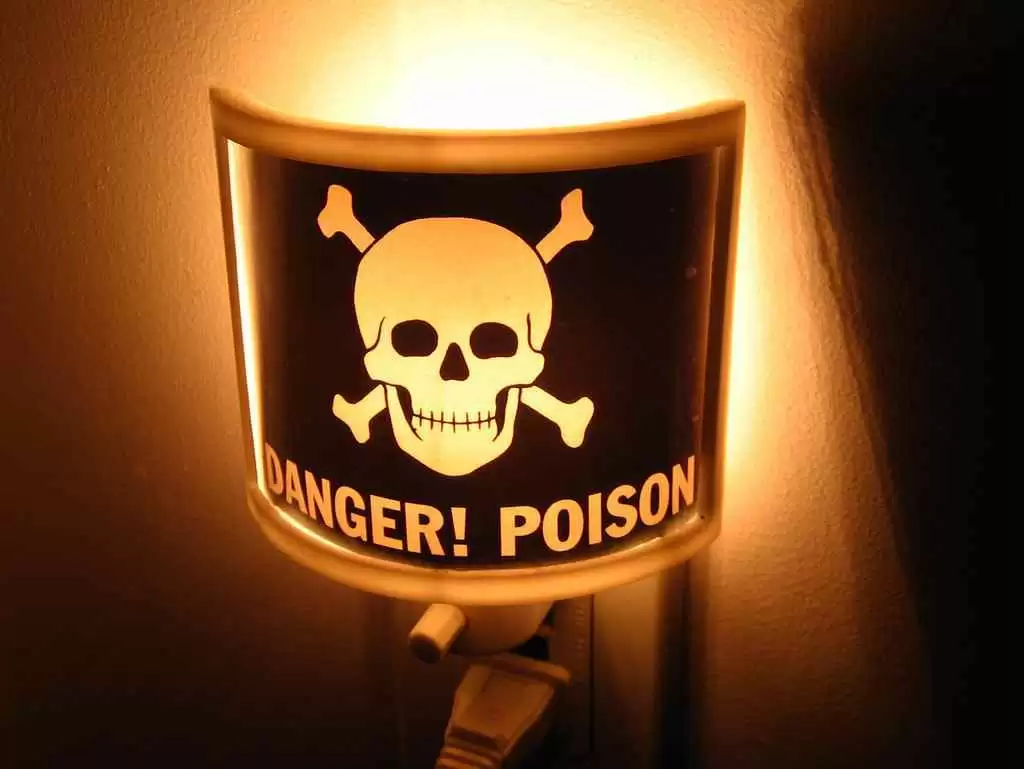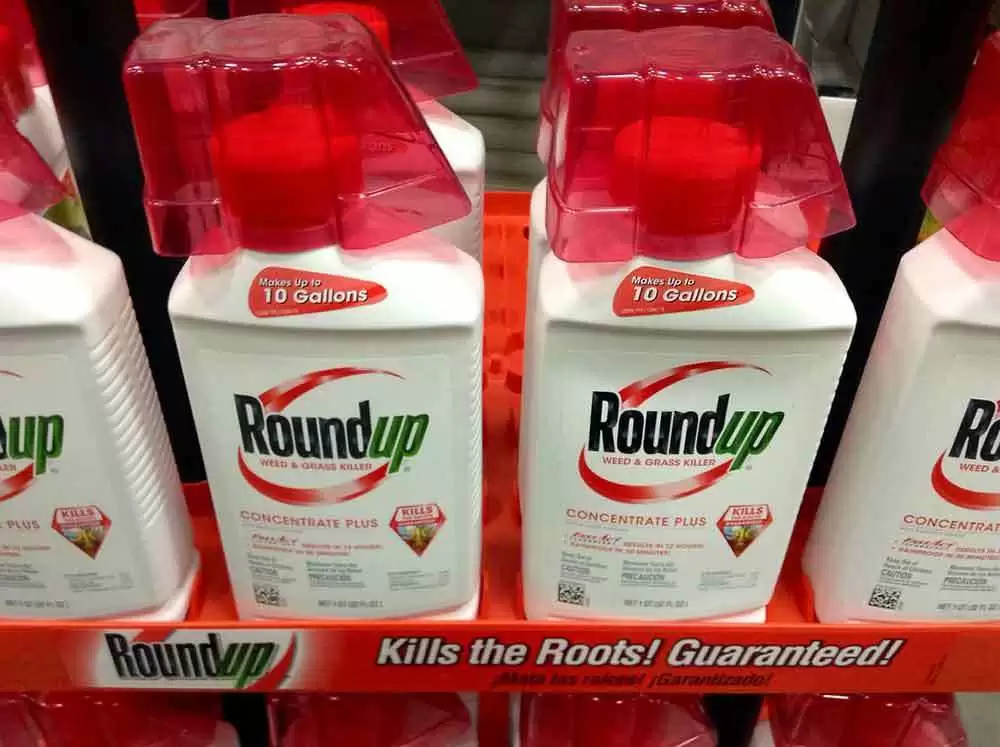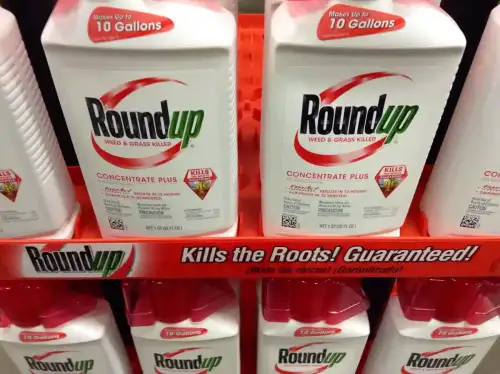
Celiac.com 05/13/2025 - Cassava (also known as yuca or manioc) has become a popular gluten-free alternative, appearing in everything from flour and bread to chips and pasta. For people with celiac disease or gluten sensitivity, cassava-based products offer a grain-free option that aligns with dietary restrictions. However, recent testing by Consumer Reports (CR) has revealed alarmingly high levels of lead in many cassava foods—raising serious concerns for those who rely on these products as dietary staples.
This article explores the risks of lead exposure in cassava, which products are safest, and what gluten-free consumers need to know to protect their health.
Why Cassava Has Become a Gluten-Free Staple
Celiac.com Sponsor (A12):
Cassava is a starchy root vegetable native to South America but widely consumed in Africa, Asia, and the Caribbean. In recent years, it has gained popularity in the U.S. as a gluten-free, paleo-friendly, and gut-health-promoting ingredient.
Why People with Celiac Disease or Gluten Sensitivity Choose Cassava:
- Naturally gluten-free – Unlike wheat, barley, or rye, cassava does not trigger autoimmune reactions in people with celiac disease.
- Versatile in cooking – Cassava flour can replace wheat flour in baking, and cassava-based snacks (like chips and crackers) are common in gluten-free diets.
- Perceived as a healthier alternative – Many assume cassava products are safer than processed gluten-free foods made with refined starches.
However, CR’s findings suggest that some cassava products may introduce a different health risk: dangerously high lead levels.
Consumer Reports’ Shocking Findings on Lead in Cassava
CR tested 27 cassava-based products, including flour, chips, bread, pasta, and snacks. The results were concerning:
Key Findings:
- Over two-thirds of tested products exceeded CR’s acceptable daily lead intake threshold in just one serving.
- Some products had lead levels over 2,000% higher than the safety limit.
- Cassava flour and chips were the worst offenders, while tapioca starch (a processed form of cassava) tended to have lower lead levels.
- No safe level of lead exists—especially for children and pregnant women, who are most vulnerable to neurological damage.
Why Is Lead in Cassava a Problem?
Lead is a neurotoxin that accumulates in the body over time. Even low-level exposure can cause:
- Developmental delays in children
- Cognitive impairment
- High blood pressure and kidney damage in adults
- Immune system suppression
For people with celiac disease, who may already struggle with nutrient absorption and gut health, additional lead exposure could worsen long-term health outcomes.
Which Cassava Products Should You Avoid?
CR categorized tested products into three groups based on lead content:
1. Products to Avoid (Extremely High Lead Levels)
- Bob’s Red Mill Cassava Flour (2,343% of CR’s daily lead limit per serving)
- Otto’s Naturals Organic Cassava Flour (2,323%)
- 365 Whole Foods Cassava Chips (1,723%)
- Jovial Cassava Spaghetti (1,201%)
Consuming these even occasionally could contribute to unsafe lead accumulation.
2. Okay to Eat Occasionally (Moderate Lead Levels)
- Artisan Tropic Cassava Strips (629%) – Limit to 1 serving/week
- Pamela’s Organic Cassava Flour (449%) – Limit to 1.5 servings/week
- Barnana Cassava Chips (308%) – Limit to 2 servings/week
3. Better Choices (Lower Lead Levels)
- Goya Yuca Cassava Chips (10%) – Safest chip option
- Tonomi Cassava Flour (215%) – Up to 3 servings/week
- La Fe Cassava Bread (121%) – Up to 5.5 servings/week
Why Is Cassava So High in Lead?
Unlike other root vegetables (like carrots or sweet potatoes), cassava appears to absorb lead more readily. Possible reasons include:
- Soil contamination – Lead from industrial pollution or old pesticides lingers in the ground where cassava is grown.
- Processing methods – Whole cassava flour retains more lead than refined tapioca starch.
- Geographic sourcing – Cassava from heavily polluted regions may carry higher lead levels.
Real-Life Impact: A Parent’s Story
Audrey Powell, a mother from Texas, discovered her 4-year-old had elevated lead levels. After eliminating other sources, testing revealed her cassava flour contained three times more lead than the worst product in CR’s study. Once she removed it from her diet, her child’s lead levels dropped.
What Should Gluten-Free Consumers Do?
If you rely on cassava products, follow these steps to minimize risk:
1. Check CR’s List
Avoid high-lead products and opt for safer alternatives like Goya cassava chips or Tonomi cassava flour.
2. Diversify Your Gluten-Free Diet
- Use almond flour, coconut flour, or oat flour as alternatives.
- Choose rice-based or quinoa-based pastas instead of cassava noodles.
3. Test Your Cassava Products
If you frequently consume cassava, consider lead testing kits (like those from Lead Safe Mama) to check your pantry staples.
4. Advocate for Stricter Regulations
Currently, the FDA does not set strict limits for lead in food. Contacting lawmakers and supporting organizations like Consumer Reports can push for safer standards.
The Bottom Line: Is Cassava Safe for Gluten-Free Diets?
While cassava can still be part of a gluten-free diet, not all cassava products are safe. Some contain dangerously high lead levels, posing long-term health risks—especially for children and those with compromised digestion (like celiac patients).
By choosing lower-lead options, diversifying gluten-free staples, and staying informed, you can enjoy cassava’s benefits without the hidden dangers.
Stay vigilant, check labels, and prioritize safety in your gluten-free journey.
Additional Resources:









.thumb.jpg.d8ccdbb71dd5d276bacf435aa9f4427d.jpg)
Recommended Comments
Create an account or sign in to comment
You need to be a member in order to leave a comment
Create an account
Sign up for a new account in our community. It's easy!
Register a new accountSign in
Already have an account? Sign in here.
Sign In Now